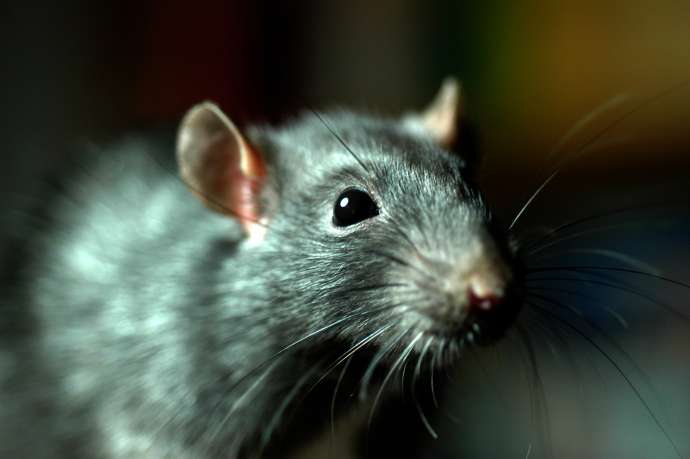STA, 17 October 2019 - The government said on Thursday in response to a question raised by Left MP Franc Trček that 231 cases of haemorrhagic fever with renal syndrome (HFRS - Wikipedia) had been recorded so far this year, a record since monitoring started in 1983.
The figure stands out markedly, with the last outbreaks in 2008, 2012, and 2017 seeing 45, 185 and 76 cases respectively.
The Medical Faculty's microbiology and immunology institute conducts limited scope oversight of the disease's transmitters, meaning rodents, twice a year for research purposes. The monitoring is funded by the National Research Agency.
The government said it would back the introduction of continuous monitoring in case the relevant ministries received professionally-backed and financially sound proposals that would "prove this measure cost effective".
Outbreaks occur in cycles of three to five years. The reasons that cause an outbreak are not entirely clear. The Health Ministry said climate change, brining higher average temperatures and more precipitation and milder winters with less snow, is definitely among the reasons.
The HFRS fatality rate in Slovenia is fairly low, standing at 5-15%. Fifteen deaths have been recorded over the past 35 years, none in recent years.
No vaccination exists so far for three viruses causing the disease, whose initial symptoms include intense headaches, back and abdominal pain, fever, chills, nausea, and blurred vision.
The National Institute of Public Health (NIJZ) explained in Augusts that Slovenia was one of the most at-risk areas for HFRS because it is endemic to three hantaviruses causing the disease: the Puumala virus, the Dobrava virus and the Dobrava-Kurkino virus.
The disease has an incubation period of two to four weeks. A person gets infected when breathing in viruses that are excreted by rodents carrying the virus.
When cleaning out spaces that might be infected by rodents, one should air the rooms thoroughly, after which the surfaces should be sprayed with a 10% chlorine solution and left for 10-30 minutes. To prevent infection, the cleaner should also wear a protective mask and gloves.






